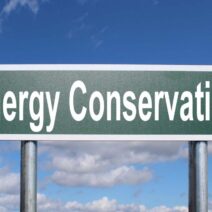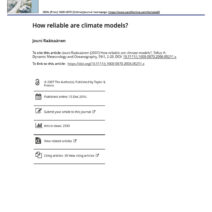Coal has long been a cornerstone of industrial power generation and an energy source that fuels economies worldwide. However, the rising tide of climate change awareness unearths an unsettling truth: the combustion of coal is one of the most significant contributors to global warming. In this discussion, we delve deep into the interplay between coal burning and climate change, unraveling the intricacies of this entrenched energy source and its environmental repercussions.
To comprehend coal’s impact on global warming, it is crucial to first understand its composition and its role in energy production. Coal is primarily composed of carbon, along with various other elements including sulfur, hydrogen, oxygen, and nitrogen. When burned, the carbon in coal reacts with oxygen to produce carbon dioxide (CO2), a greenhouse gas that traps heat in the atmosphere. This capacity to trap solar radiation is what renders CO2 a cornerstone of climate change dynamics.
The burning of coal for electricity is particularly alarming due to its inefficiency and carbon intensity when compared to other fuel sources like natural gas or renewables. Energy generated from coal releases approximately twice as much CO2 per unit of electricity as natural gas. Furthermore, natural gas combustion produces lower levels of pollutants like sulfur dioxide and particulates, making coal’s impact on air quality doubly damaging.
Analyzing the emissions profile of coal reveals a landscape filled with toxins. In addition to CO2, coal combustion emits a smorgasbord of harmful substances, including sulfur dioxide (SO2), nitrogen oxides (NOx), and particulate matter. These pollutants not only contribute to the greenhouse effect, exacerbating climate change, but also pose grave health risks to humans and wildlife, leading to respiratory diseases and other health complications. The connection between air pollution and climate change is an urgent narrative that cannot be overlooked.
Moreover, the extraction process of coal, known as mining, has its own environmental toll. The methods employed—whether surface mining or underground mining—disrupt ecosystems and contribute to soil and water pollution. Surface mining, often referred to as mountaintop removal, can obliterate entire landscapes, leading to biodiversity loss and habitat degradation. The water used in mining operations often becomes contaminated with harmful substances that leach into local waterways, causing further environmental degradation.
In recent years, societies have begun to pivot away from coal towards cleaner forms of energy. This transition is not merely beneficial for addressing global warming; it is also a matter of public health and ecological stewardship. The International Energy Agency emphasizes that the reduction of coal consumption will be crucial for achieving global climate targets. Countries like Germany and Denmark serve as models for coal phase-out policies, successfully integrating renewable energy sources like wind and solar while systematically reducing their reliance on coal.
Despite the mounting evidence against coal, the energy transition faces significant hurdles. Political and economic factors, particularly in developing nations, make the path towards cleaner energy daunting. Coal is often viewed as a cheap and reliable energy source, providing a sense of stability in energy markets. However, the hidden costs associated with coal burning—such as health implications and environmental degradation—paint a starkly different picture.
In addition to adverse health outcomes and environmental destruction, the economic ramifications of coal are multifaceted. The external costs of coal, which encompass health care expenses linked to air pollution and the long-term effects of climate change, far outweigh the immediate economic benefits derived from its use. A comprehensive economic analysis reveals that investing in renewable energy not only diminishes greenhouse gas emissions but also stimulates job creation in burgeoning sectors.
The narrative surrounding coal is increasingly being framed by the climate justice movement, which asserts that the burdens of coal production disproportionately affect marginalized communities. African American and Indigenous populations are often subjected to the most enduring consequences of coal pollution due to the location of coal plants and mining operations near their residences. The call for a just transition thus encapsulates both an ethical and environmental imperative, demanding accountability from corporations and governments alike.
Critics of coal often encounter robust counterarguments from proponents who defend its economic viability. Nonetheless, this perspective neglects to consider the sustainability of a carbon-intensive energy future. The long-term consequences of continued coal combustion present an existential threat that cannot be ignored. Without immediate action to curtail coal use, the projected rise in global temperatures threatens to surpass critical thresholds, potentially triggering catastrophic climate phenomena.
In conclusion, the reality is stark and unambiguous: burning coal substantially contributes to global warming. The extensive emissions generated through combustion, coupled with the toxic pollutants released, render coal one of the dirtiest energy sources available. As the world grapples with the imperative of addressing climate change, the urgent need for a transition away from coal emerges as a unifying call to action.
In this age of climate urgency, embracing alternative energy sources, enforcing stringent regulations on emissions, and advocating for a just energy transition become paramount. By recognizing the insidious role of coal in exacerbating global warming, societies can embark on a purposeful path towards a sustainable and equitable energy future.






